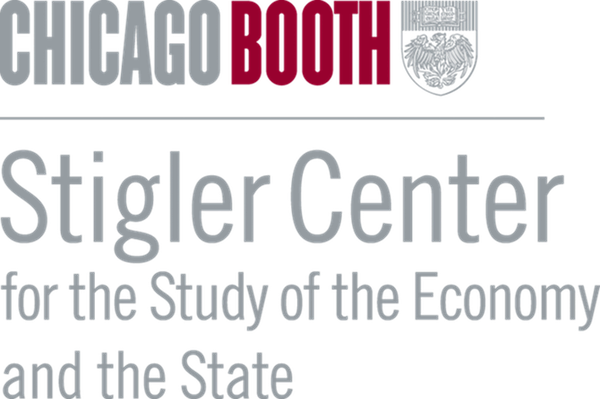Artificial Intelligence
Financial Regulators Must Pursue a Multidisciplinary Approach to New Technology
Crypto assets and social media are changing how finance operates. Uncertainty around the future of AI is affecting financial markets. Claudia Biancotti argues that regulators must expand their range of expertise and pursue a multidisciplinary approach to protecting society against the potential negative spillovers from these developments.
The Politics of Fragmentation and Capture in AI Regulation
In new research, Filippo Lancieri, Laura Edelson, and Stefan Bechtold explore how the political economy of artificial intelligence regulation is shaped by the strategic behavior of governments, technology companies, and other agents.
The Antitrust Agencies Should Block OpenAI’s Windsurf Acquisition To Support AI Innovation
Recent government wins against Big Tech demonstrate the prudence of proactively stopping consolidation in the emerging AI startup ecosystem to prevent harm to innovation and consumers. OpenAI’s recent acquisition of Windsurf raises these competition concerns. The antitrust agencies should block it.
Are Big Tech’s Quasi-Mergers With AI Startups Anticompetitive?
The Federal Trade Commission’s case against Meta for monopolizing personal social media through its acquisitions of Instagram and WhatsApp serves as a warning of allowing Big Tech companies to acquire nascent competitors in the artificial intelligence market through quasi-mergers that dodge government scrutiny. Based on new research, Alexandros Kazimirov argues that antitrust agencies can look at a combination of circumstantial evidence, including market product proximity, price premiums and product discontinuation, to help adjust their approach to keep AI markets contestable, rather than trying to restore contestability ten years from now.
Can OpenAI Abandon Its Non-Profit “Purpose”?
Rose Chan Loui explains the current controversy surrounding OpenAI’s decision to abandon its nonprofit status. To learn more about OpenAI’s proposed restructuring, what it means for the race to develop artificial general intelligence, and how it highlights the tricky legal concept of a nonprofit’s “purpose,” listen to Chan Loui’s recent appearance on Capitalisn’t.
The US Is Not Prepared for the AI Electricity Demand Shock
The United States power grid is increasingly strained by the surging electricity demand driven by the AI boom. Efforts to modernize the power infrastructure are unlikely to keep pace with the rising demand in the coming years. Barak and Eli Orbach explore why competition in AI markets may create an electricity demand shock, examine the associated social costs, and offer several policy recommendations.
Why Global Coordination is Necessary for Regulating AI
Johannes Fritz and Tommaso Giardini examine the state of AI rulemaking around the world and find that, despite global alignment on principles, execution at the national level diverges on three important metrics. The risk is fragmentation in AI as firms choose to exclude entire markets rather than navigate the intricacies of compliance in different regions.
The Deals That Will Hamper Competition in AI Markets
Matt Perault writes that there is little indication that Big Tech investments in artificial intelligence startups are harming competition. In fact, the opposite is likely true. Antitrust regulators should instead focus their attention on the real threat to AI competition: rules and regulations that will make it harder for startups that to compete with large tech companies.
A Bottom-Up Proposal for Coordinated International AI Supervision
Artificial Intelligence (AI) is poised to permeate across different industry sectors, offering unprecedented opportunities alongside significant risks. Effective governance necessitates coordinated cross-border efforts to build institutional expertise, dispel misconceptions, foster innovation, and align global safety priorities. Advocating structured dialogue and a bottom-up approach, Oscar Borgogno and Alessandra Perrazzelli present a proposal which aims to avoid institutional redundancy and legal unpredictability for individuals and firms.
Antitrust Enforcers Must Act Now To Ensure the Google Search Case Delivers on Its Promise
Fiona Scott Morton and David Dinielli show how landmark antitrust cases historically have cleared the path for innovation in the next “frontier technology.” But with closing arguments in the search monopoly case just days away, Google threatens to evade this round of rigorous new competition. It reportedly is in talks to place its own artificial intelligence tool on Apple devices as it did in the case of search. Such a maneuver would entrench Google’s search monopoly and place Google in the driver’s seat to steer the development of consumer-facing AI. The authors offer up a menu of steps the government might take now to thwart Google’s new anticompetitive strategy and preserve competition in AI before it’s too late.





